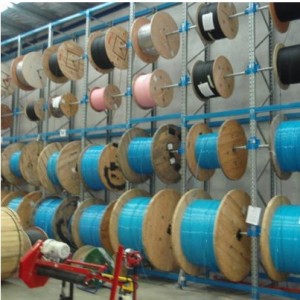To understand the challenges of MPO cable validation, it’s necessary to understand MPO cables and how they’re tested in the field. An MPO connection is about the size of a fingernail and contains 12 optical fibers, each less than the diameter of a human hair – and each one needs to be tested separately. That traditionally means the use of a fan-out cord to isolate each fiber, followed by tedious manual testing, tracing, and error-prone calculations.
Testing and determining fiber polarity is another challenge. The simple purpose of any polarity scheme is to provide a continuous connection from the link’s transmitter to the link’s receiver. For array connectors, TIA-568-C.0 defines three methods to accomplish this: Methods A, B, and C. Deployment mistakes are common because these methods require a combination of patch cords with different polarity types
So what would a proper MPO test look like? The answer is simple: Test all 12 fibers – the whole cable – simultaneously and comprehensively (including loss, polarity, etc.). That sort of test capability changes the fiber landscape, enabling installers and technicians to efficiently validate and troubleshoot fiber – flying through the process by tackling an entire 12-fiber cable trunk with the push of a button.
The tools to perform this type of test are just emerging on the market, and promise to reduce the time and labor costs up to 95% over individual fiber tests (according to internal research based on the average list of standard competitive products). Characteristics to look for in such a tool include:
An onboard MPO connector to eliminate the complexity and manual calculations associated with a fan-out cord.
A single “Scan All” test function that delivers visual verification via an intuitive user interface for all 12 MPO fibers in a connector.
Built-in polarity verification for end-to-end connectivity of MPO trunk cables.
“Select Individual Fiber” function that enables the user to troubleshoot a single fiber with more precision.
Demand for fast and reliable delivery of critical applications is driving data center technology to evolve at an ever-increasing pace. And that insatiable need for bandwidth ensures that the integrity of the data center has become inextricably linked to the strength of the fiber cabling infrastructure. The growing use of MPO fiber trunks – and the migration from 10-Gbps to 40/100-Gbps connections – means that it’s time to stop the cumbersome verification of individual fibers. After all, it’s a single MPO connection. You should be able to test it as one.
You can buy fiber optic jumpers with mpo/mpo connectors from FiberStore now!




